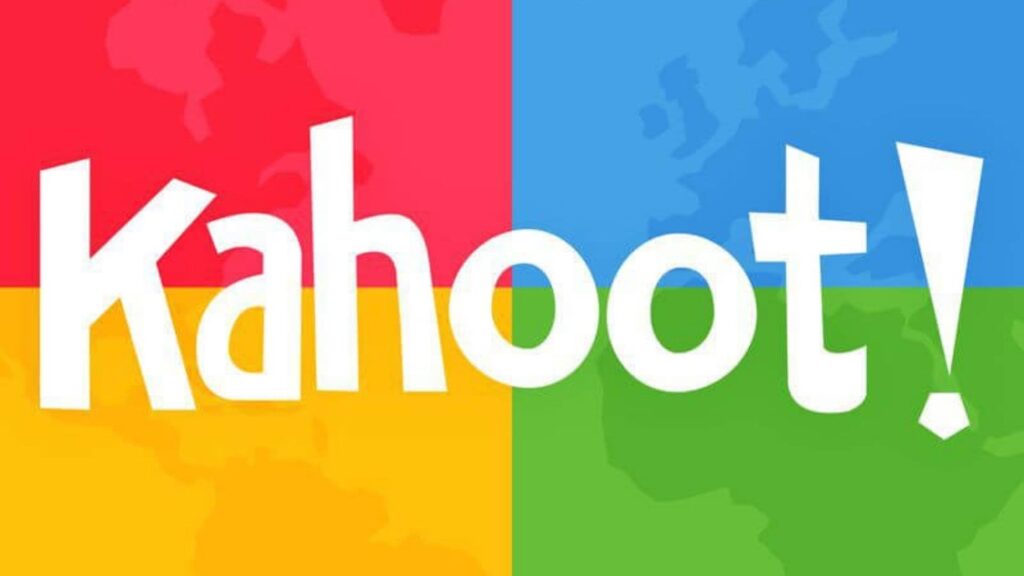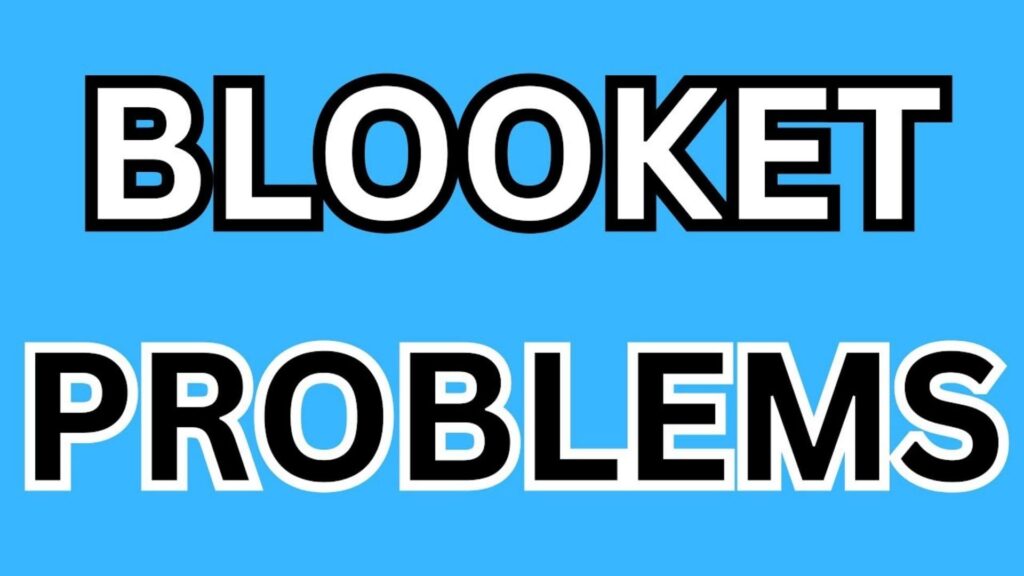Blooket and Kahoot are both popular online learning platforms that incorporate gamification to engage students in interactive and educational activities. Here’s an overview of each platform:
Blooket is an online learning tool that allows teachers to create and play educational games with their students. It offers a range of game modes, such as Tower Defense, Cafe Mode, and more, to make learning fun and engaging. Teachers can create their own question sets, flashcards, and games and customize them to align with specific learning objectives. Blooket supports individual and collaborative play, providing opportunities for students to compete against each other or work together in teams. It also offers game reports to track student performance and progress.
Kahoot is an interactive learning platform that facilitates quiz-based games, surveys, and discussions. Educators can create quizzes, surveys, and discussions or choose from a vast library of pre-existing content. Kahoot emphasizes fast-paced, quiz-style gameplay, where students answer multiple-choice questions within a set time limit. It promotes active learning, student engagement, and formative assessment. Kahoot supports both individual and group participation, allowing students to compete against each other or collaborate in teams. It offers real-time feedback, leaderboards, and reports to assess student performance and track progress.
Both Blooket and Kahoot aim to make learning enjoyable and interactive by leveraging game elements. They provide educators with tools to create educational content, engage students, and assess their understanding. The choice between Blooket and Kahoot depends on factors such as preferred game formats, customization options, and the educator’s specific learning objectives and teaching style.

Advantages of Blooket
*Blooket offers a variety of game modes, such as Tower Defense and Tank Mode, which add excitement and variety to the learning experience. This range of game formats allows educators to engage students in different ways and cater to different learning preferences.
*Blooket enables teachers to create their own question sets, flashcards, and games, providing flexibility in tailoring the content to align with specific learning objectives. Educators can customize the game elements, visuals, and settings to create a personalized and engaging learning environment.
*Blooket supports both collaborative and individual play, allowing students to work together in teams or compete individually. This fosters teamwork, communication, and healthy competition among students, making learning a social and interactive experience.
*Blooket provides game reports that offer valuable insights into student performance, progress, and engagement. These reports help educators identify areas of improvement, track individual and class-level data, and make data-driven decisions to enhance the learning process.

Advantages of Kahoot
Kahoot incorporates gamification to create an engaging and enjoyable learning environment. Kahoot games’ competitive nature, time limits, and interactive elements motivate students to actively participate and stay focused during the learning process.
Kahoot supports multiple-choice questions and other question types, such as true/false, open-ended, and matching questions. This versatility allows educators to assess different aspects of student understanding and create interactive and varied quizzes and assessments.
Kahoot offers a vast library of pre-existing quizzes and content created by educators worldwide. This resource allows teachers to save time by accessing ready-made quizzes or get inspiration for creating their own. It fosters a community of educators sharing educational content and promotes collaboration.
Kahoot provides immediate feedback to students after each question, allowing them to assess their understanding in real-time. This instant feedback promotes active learning, provides opportunities for immediate clarification, and helps students gauge their progress.
Kahoot offers analytics and reports that provide valuable insights into student performance, participation, and learning trends. These reports enable educators to assess their teaching strategies’ effectiveness, identify improvement areas, and track individual and class progress over time.

Blooket Drawbacks
Blooket primarily focuses on multiple-choice questions and flashcards. If you’re looking for a platform that supports a wide range of question types like open-ended, true/false, or matching questions, Blooket may not be as versatile.
While Blooket offers unique game modes like Tower Defense and Tank Mode, the variety of game formats may be more limited compared to other platforms. If you’re seeking a platform with a wide range of diverse game formats, Blooket may not have as many options.
While Blooket does support collaborative play to some extent, its primary focus is on individual competition. If you’re specifically looking for a platform that heavily emphasizes collaborative learning and group activities, Blooket may not be as suitable.
The free plan of Blooket has certain limitations compared to the paid subscription plans. Some advanced features and benefits, such as enhanced game reports and increased player limits, are only available with a Blooket Plus subscription. This means that users who opt for the free plan may not have access to all the features and functionalities offered by Blooket.
While Blooket provides game reports and insights into student performance, the depth of data analysis may not be as comprehensive compared to other platforms. If you require in-depth analytics and detailed reports on student progress, Blooket’s reporting capabilities may not be as robust.
Blooket is an online platform that relies on stable internet connectivity to function properly. If you or your students have unreliable or limited internet access, it may impact the overall experience and accessibility of Blooket.

Kahoot Drawbacks
Kahoot’s quiz-based format with timed multiple-choice questions can create time pressure for students. This may not be suitable for all learners, especially those who require more time to process information or prefer a slower-paced learning environment.
Kahoot primarily supports multiple-choice questions, which may limit the range of question types that can be used for assessments. If you require more diverse question types, such as open-ended or matching questions, Kahoot’s limited options may be a drawback.
While Kahoot allows customization to some extent, the platform’s design and templates might not offer as much flexibility and personalization compared to other educational platforms. This could be a limitation for educators seeking more control over their quizzes’ visual and interactive elements.
Kahoot’s competitive nature, with its leaderboard and emphasis on high scores, may create an environment that overly focuses on winning and competition. This can potentially detract from the collaborative and cooperative aspects of learning.
While Kahoot provides basic reports and analytics, the depth of data analysis and insights may not be as comprehensive compared to other platforms. Educators who require detailed data analysis and advanced reporting features may find Kahoot’s analytics capabilities somewhat limited.
While Kahoot offers a free plan with basic features, advanced functionalities, and customization options are available through premium plans, such as Kahoot Plus and Kahoot Pro, which come at a cost. This may be a disadvantage for educators on a tight budget or seeking a fully-featured platform without additional expenses.
